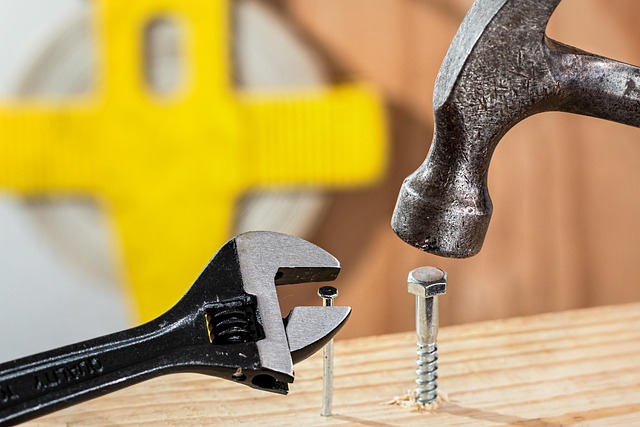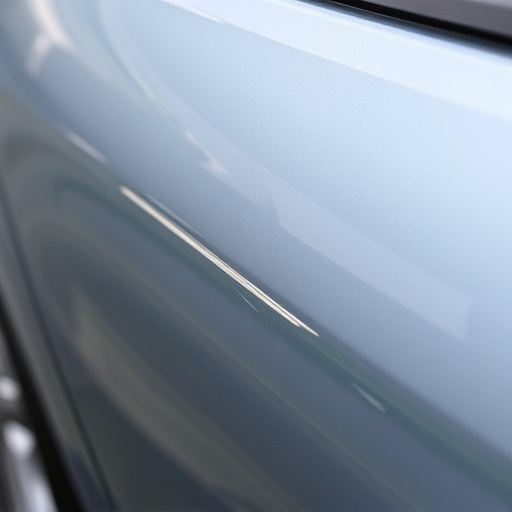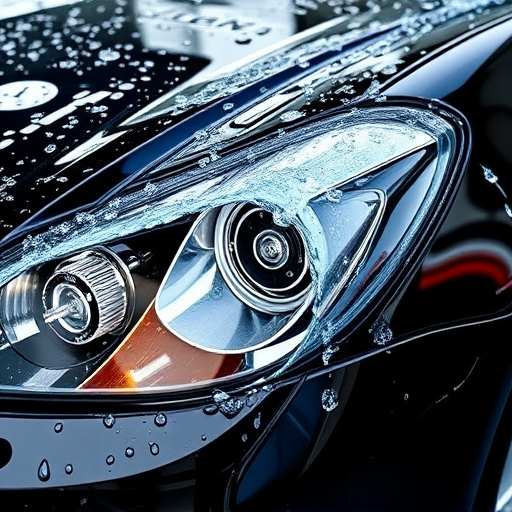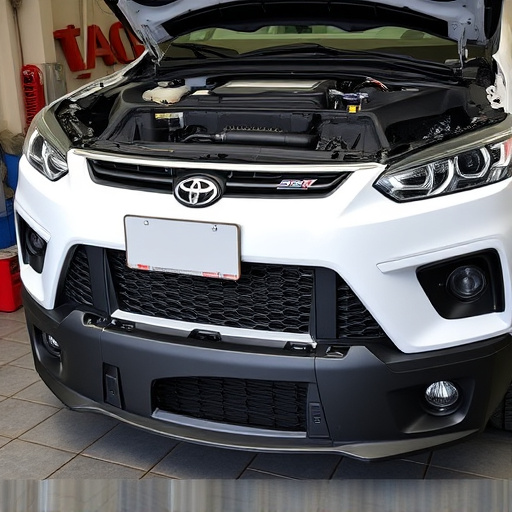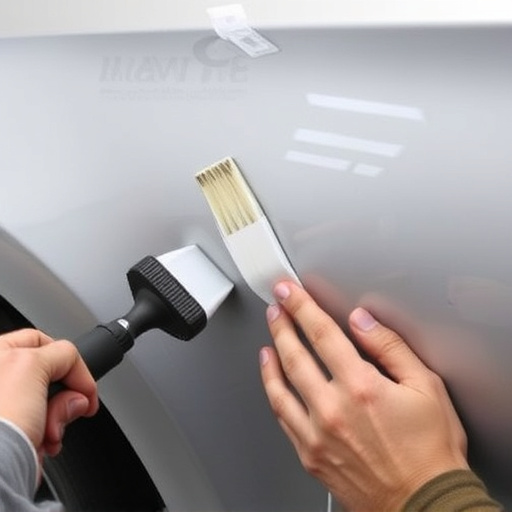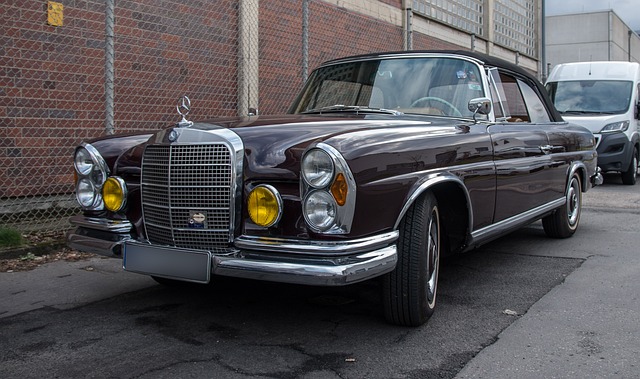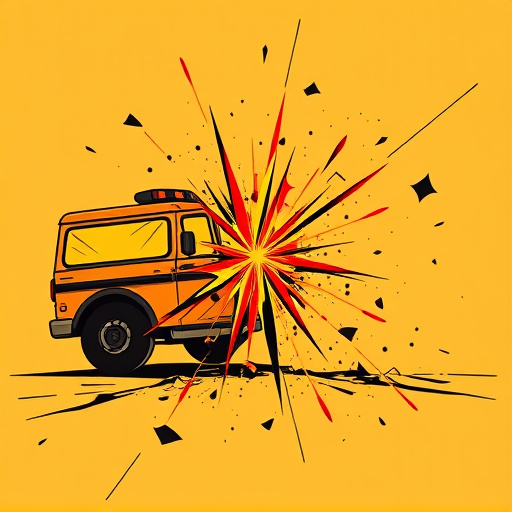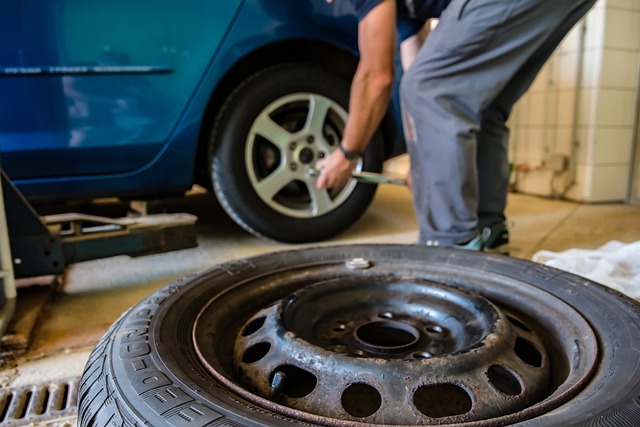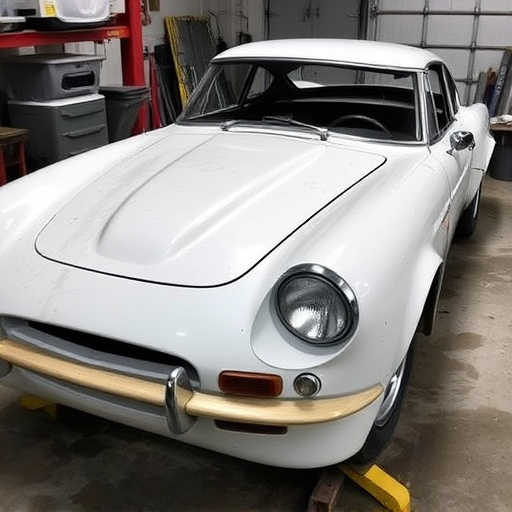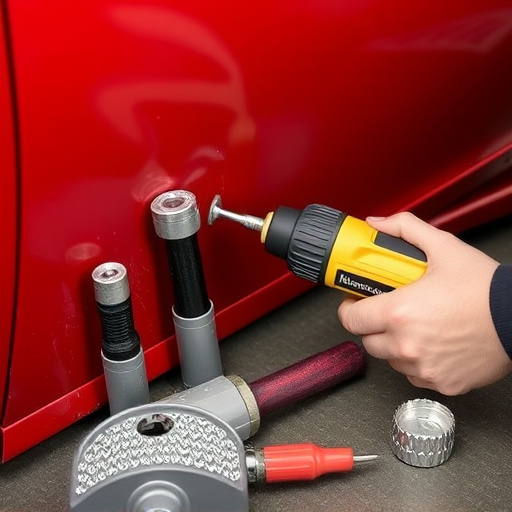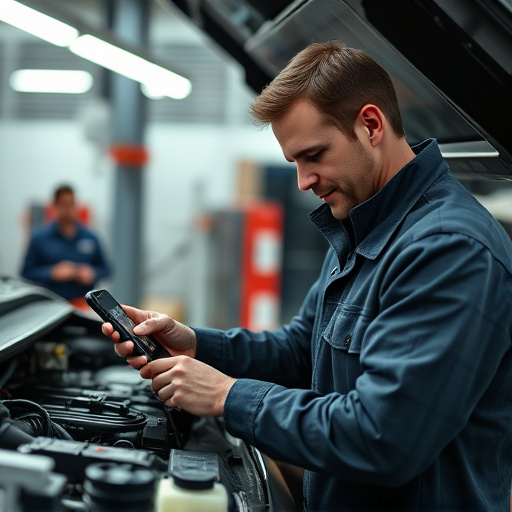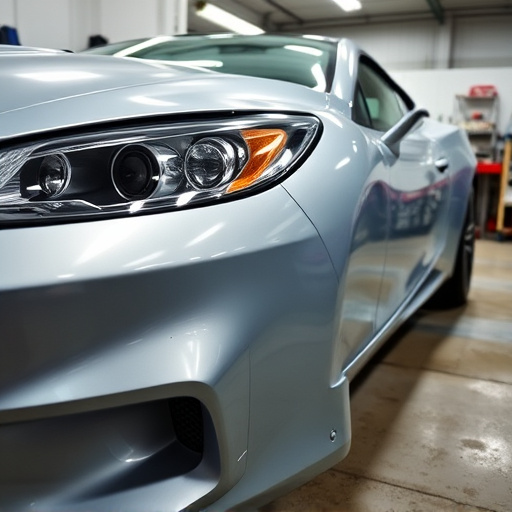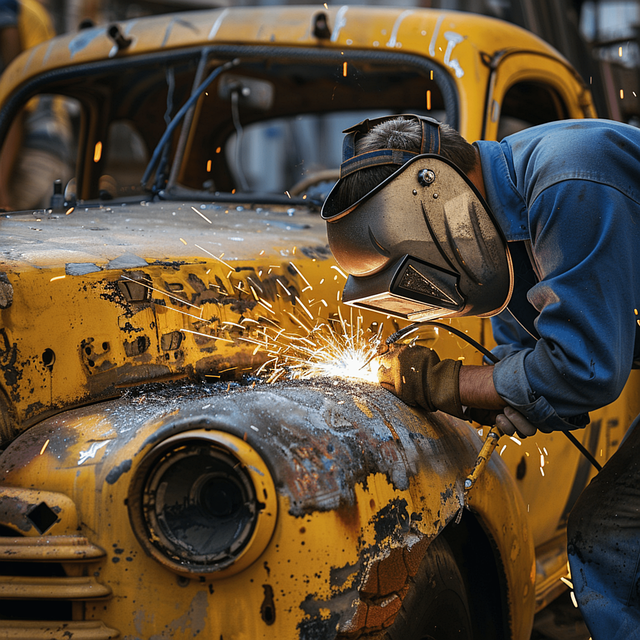Adhering to OEM guidelines is paramount in rear bumper repair for quality and safety. These guidelines provide specific instructions for each vehicle model, ensuring structural integrity and aesthetic alignment with the car's design. Certified technicians, trained on rigorous programs, follow these standards using recommended tools and techniques to conduct precise repairs, preserving vehicle value and road safety.
Rear bumper repairs are a common yet critical task for automotive technicians. To ensure top-quality and safe repairs, adherence to Original Equipment Manufacturer (OEM) guidelines is essential. This article delves into the significance of OEM repair standards, highlighting their role in training and certification programs. We explore how these guidelines foster excellence and safety in rear bumper repairs, ultimately ensuring customer satisfaction and vehicle longevity.
- Understanding OEM Repair Guidelines for Rear Bumper Repair
- Role of Training and Certification in Rear Bumper Repair Technicians
- Ensuring Quality and Safety Through OEM Standards Adherence
Understanding OEM Repair Guidelines for Rear Bumper Repair

When it comes to rear bumper repair, adhering to OEM (Original Equipment Manufacturer) guidelines is paramount for both quality and safety. These guidelines provide a comprehensive set of instructions tailored specifically for each vehicle model, ensuring repairs that match the original specifications. By following these standards, technicians can effectively restore the structural integrity and aesthetic appeal of the rear bumper, aligning it perfectly with the vehicle’s overall design.
OEM repair guidelines cover a wide range of aspects, from preparing the damaged area to applying the correct materials and techniques. This includes precise procedures for removing and replacing components, as well as recommended products for bonding and painting. Following these directions ensures that the repaired rear bumper not only looks factory-new but also performs optimally in terms of crash safety and durability. Moreover, adhering to OEM standards can help extend the lifespan of the vehicle’s auto body, including any associated auto glass repair or car damage repair work, by ensuring a seamless integration of new and old components during the repair process.
Role of Training and Certification in Rear Bumper Repair Technicians

In the realm of rear bumper repair, training and certification stand as pillars of excellence. Technicians who specialize in this critical aspect of vehicle restoration must undergo rigorous programs that equip them with the knowledge and skills to handle a wide array of repairs, from minor dings to major damage. These comprehensive courses often include hands-on training in both shop settings and on real vehicles, ensuring that practitioners are prepared for the challenges they’ll face in their careers.
Certification, earned through successful completion of these programs, is more than just a piece of paper; it’s a testament to the technician’s competence. Recognized certifications from reputable organizations affirm their proficiency in automotive repair services, especially in vehicle paint repair and vehicle restoration techniques. This not only boosts customer confidence but also guarantees that repairs adhere to Original Equipment Manufacturer (OEM) guidelines, ensuring quality and longevity for the damaged bumper.
Ensuring Quality and Safety Through OEM Standards Adherence

In the realm of rear bumper repair, adhering to Original Equipment Manufacturer (OEM) repair guidelines is paramount for ensuring quality and safety. These standards are meticulously crafted to maintain the structural integrity and aesthetic appeal of a vehicle, crucial aspects that contribute to its overall value and safety on the road. By following OEM protocols, auto body repairs are conducted with precision, utilizing specific tools, parts, and techniques recommended by the vehicle manufacturer. This meticulous approach not only guarantees that each repair is executed flawlessly but also preserves the original quality and performance of the bumper, vital elements in preventing further damage during future collisions.
Furthermore, adhering to OEM standards plays a pivotal role in the overall success of an auto collision center. By prioritizing these guidelines, technicians can provide superior vehicle restoration services, enhancing the customer’s satisfaction and peace of mind. In today’s competitive market, where customers are increasingly discerning, demonstrating a commitment to OEM standards can set apart an auto body repair shop as a reliable and trustworthy provider of high-quality rear bumper repairs and other auto collision center services.
When it comes to rear bumper repair, adhering to Original Equipment Manufacturer (OEM) repair guidelines is paramount. By following these standards, technicians ensure not only the highest quality repairs but also maintain safety and customer satisfaction. Training and certification play a crucial role in empowering professionals to navigate complex OEM specifications, ultimately fostering trust in their work. In the realm of automotive care, this meticulous approach to rear bumper repair stands as a cornerstone for maintaining vehicles’ aesthetic appeal and structural integrity.
